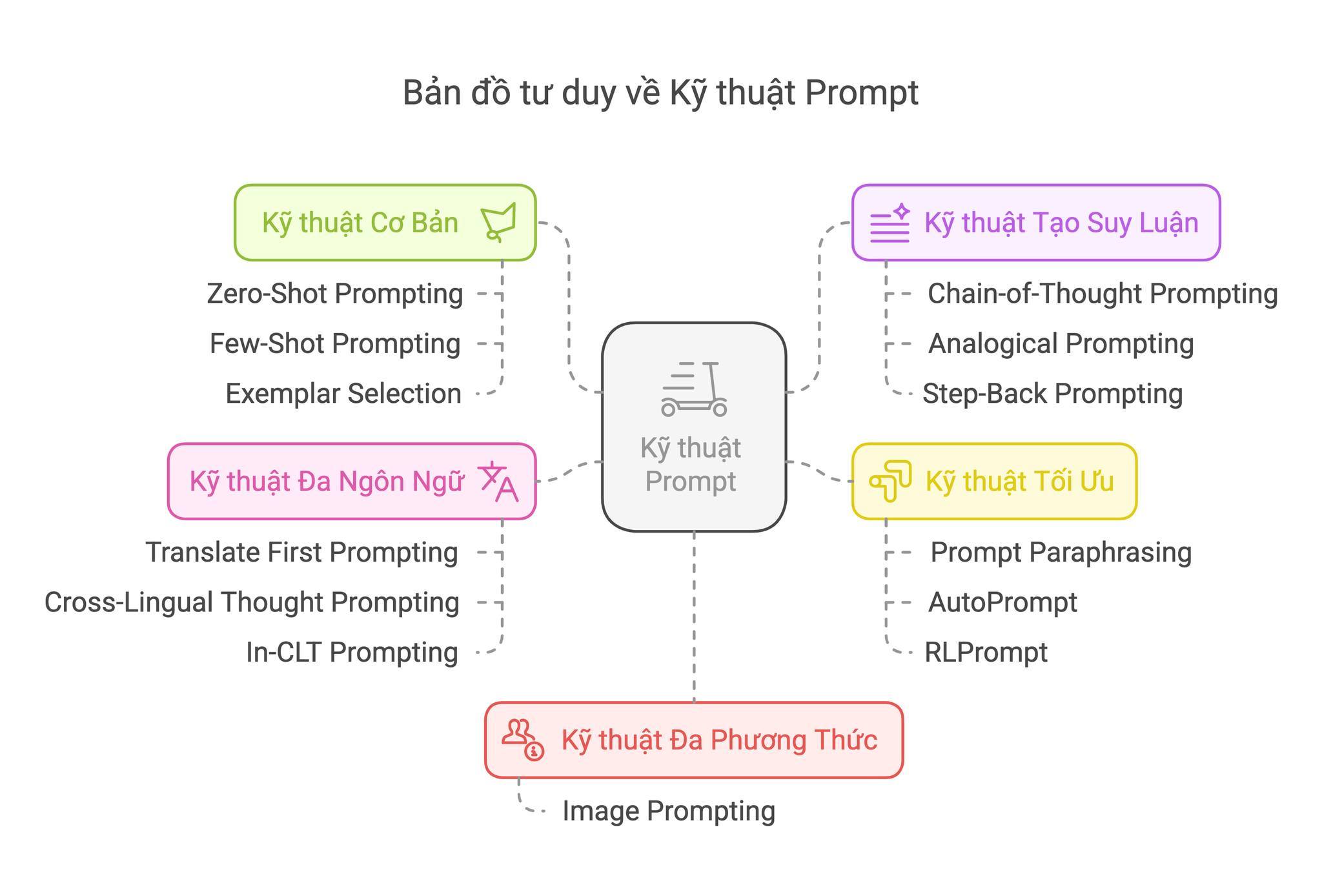Navigating SaaS Success: Ensuring Security and Embracing Automation

Software as a Service (SaaS) is redefining how businesses operate with its scalable and flexible architecture. However, its security and the integration of AI and automation are pivotal for sustainable growth. This article delves into these core aspects, offering startup founders a comprehensive view of securing SaaS platforms and preparing for future innovations in AI-driven automation.
Navigating the Complexities of SaaS Security and Compliance

As the SaaS model continues to dominate the technology landscape, ensuring robust security and compliance has become more than just a technical challenge—it’s a critical business imperative. SaaS applications, while offering immense scalability and ease of use, also present unique vulnerabilities that organizations must address to protect sensitive data and maintain compliance with evolving regulatory standards.
Challenges in SaaS Security and Compliance
One of the primary challenges in managing SaaS security is the phenomenon of ‘Shadow IT’. This occurs when employees use unauthorized SaaS applications that lack organizational oversight and standardized security measures. Such practices can inadvertently expose the enterprise to security breaches and non-compliance risks. Coupled with this is the threat of data loss and leakage. Misconfigurations, unauthorized access, and malicious cyberattacks can all compromise data integrity and confidentiality, placing a premium on continual vigilance and remediation.
The widespread integration of third-party applications further compounds the security landscape. Integrations enhance functionality but also introduce new vulnerabilities, creating additional vectors for potential cyber threats. Misconfigurations, too, remain a persistent concern, often serving as gateways for data breaches. They underscore the necessity for constant monitoring and configuration management to safeguard against threats.
Solutions and Best Practices
To address these challenges, organizations are increasingly turning to SaaS Management Platforms (SMPs). These platforms centralize the management of SaaS applications, providing tools to detect shadow IT and streamline the enforcement of security policies. Meanwhile, Cloud Access Security Brokers (CASBs) emerge as crucial elements, offering visibility and control over data traversing the SaaS ecosystem. They protect against cloud-specific threats while facilitating regulatory compliance.
Automated compliance tools such as AppOmni simplify adherence to regulatory standards by offering continuous checks and guided remediation for security lapses. Additionally, Cloud Threat Exposure Management (CTEM) solutions provide comprehensive coverage by giving insights into potential vulnerabilities, enhancing breach prevention efforts, and ensuring consistent compliance management.
Practicing sound security measures is as crucial as deploying sophisticated technology. Establishing clear SaaS security policies sets a foundation for secure application use. Implementing Multi-Factor Authentication (MFA) is non-negotiable in today’s threat environment, adding a critical layer of protection against unauthorized access. Regular security assessments and audits help reveal vulnerabilities and ensure continuous compliance, while employee training educates users on recognizing and mitigating potential threats.
Finally, data encryption remains a stalwart defense, safeguarding sensitive information against unauthorized exposure. By encrypting data both in transit and at rest, organizations add a formidable layer of defense, ensuring that data remains secure even if accessed by unauthorized entities.
Regulatory Compliance Considerations
Navigating regulatory requirements is another facet of SaaS security that cannot be ignored. For industries like healthcare, compliance with standards like HIPAA is mandatory to protect patient data. SaaS providers also aim to comply with SOC 2 and ISO 27001 standards, which verify the effectiveness of their security controls and practices. In the realm of data privacy, adhering to GDPR and CCPA regulations is essential for organizations that handle user data, emphasizing transparency and user rights.
In conclusion, ensuring robust security and compliance in a SaaS-based environment requires a dynamic approach that combines people, processes, and technology. By implementing effective security strategies and leveraging advanced tools, organizations can protect their assets, ensure compliance, and maintain trust with stakeholders in an increasingly digital world.
Harnessing the Power of AI and Automation in SaaS

The Software as a Service (SaaS) industry is experiencing a transformative wave driven primarily by the innovations in Artificial Intelligence (AI) and automation. These technologies are recalibrating how businesses develop, deploy, and interact with software applications. This shift is not just enhancing the capabilities of existing SaaS offerings but is also paving the way for entirely new paradigms in software consumption.
AI has become a cornerstone of modern SaaS solutions. By integrating predictive analytics, SaaS platforms can anticipate trends and optimize operations, which significantly improves efficiency and reduces operational costs. This capability enables businesses to proactively address potential challenges, ensuring smoother operations. Moreover, the rise of AI-driven personalized customer interactions is transforming user experiences. By analyzing real-time data, SaaS applications can deliver tailored experiences that enhance both engagement and retention rates, offering a seamless and intuitive interface that can adapt to user preferences.
One significant development within the SaaS sphere is the emergence of Vertical SaaS solutions, designed specifically for niche markets such as healthcare and finance. These solutions address unique industry challenges like compliance and regulatory requirements with precision. As a result, Vertical SaaS is expected to grow substantially, offering tailored solutions that meet the precise needs of particular sectors. This specialization showcases a move away from generalized software towards customized platforms that promise higher efficiency and effectiveness.
Another trend redefining SaaS is the development of low-code and no-code platforms. These platforms democratize app creation, empowering users with minimal technical expertise to develop applications tailored to their specific needs. By 2025, projections suggest that these methods will dominate 70% of application development, thereby reducing dependency on traditional IT departments. This shift not only accelerates the application development lifecycle but also fosters innovation by putting tools directly into the hands of end-users.
Automation driven by AI is also revolutionizing traditional SaaS offerings. Businesses are increasingly utilizing AI agents capable of learning from user interactions and data patterns to automate routine workflows across various departments. This shift represents a challenge to traditional SaaS advantages, as it enables more dynamic and cost-efficient solutions that can adapt in real time to changing business needs. With AI’s capacity to streamline processes and its potential to reduce cost, businesses that do not adapt risk being left behind.
Furthermore, the evolution of business models within the SaaS realm is worth noting. The integration of AI capabilities facilitates new pricing strategies, such as usage-based billing models. These adjustments acknowledge the evolving landscape where companies strive to offer value directly tied to business outcomes. In parallel, AI has raised customer expectations significantly. SaaS solutions are now anticipated to be not only faster and smarter but also inherently more automated. A failure to integrate AI effectively risks leaving products outdated. Companies must ensure that AI integration results in tangible benefits to remain competitive.
As SaaS evolves, AI and automation are undeniably at its core, propelling the industry forward. For companies to thrive in this new era, strategic adaptation is essential, especially in integrating AI technologies that deliver measurable value. The businesses that excel will be those which not only embrace these technological advancements but also strategically leverage them to continuously innovate and enhance their offerings.
Final thoughts
In the evolving SaaS landscape, prioritizing security and embracing emerging technologies like AI is crucial. By understanding and applying these concepts, startups can enhance their operational efficiency and market competitiveness, paving the way for future success.
Bạn muốn tối ưu hóa quy trình và nâng cao hiệu quả kinh doanh? Với giải pháp SaaS tự động hóa tiên tiến từ Soncadigi, chúng tôi giúp doanh nghiệp của bạn vận hành mượt mà và tiết kiệm chi phí. Hãy để đội ngũ chuyên gia của chúng tôi triển khai n8n và AI, đưa bạn đến thành công nhanh chóng và bền vững!
Learn more: https://soncadigi.com/contact/
About us
Soncadigi là đơn vị tư vấn tiên phong trong tự động hóa quy trình với n8n và các giải pháp AI hiện đại. Chúng tôi giúp doanh nghiệp tối ưu vận hành, giảm thiểu lãng phí và đẩy nhanh quá trình chuyển đổi số. Với nền tảng mã nguồn mở n8n linh hoạt kết hợp cùng công nghệ AI tiên tiến, chúng tôi mang đến chiến lược tùy chỉnh giúp doanh nghiệp đổi mới và mở rộng quy mô bền vững. Dù bạn muốn tự động hóa tác vụ lặp lại hay tích hợp hệ thống phức tạp, Soncadigi sẽ cung cấp giải pháp chuyên sâu để bạn luôn dẫn đầu trong kỷ nguyên số.





 AD Network
AD Network AI Automation
AI Automation AI Prompt
AI Prompt Artificial intelligence
Artificial intelligence Blog
Blog Công cụ AI
Công cụ AI SaaS
SaaS Tips & Tricks
Tips & Tricks Web Dev
Web Dev Wordpress
Wordpress











